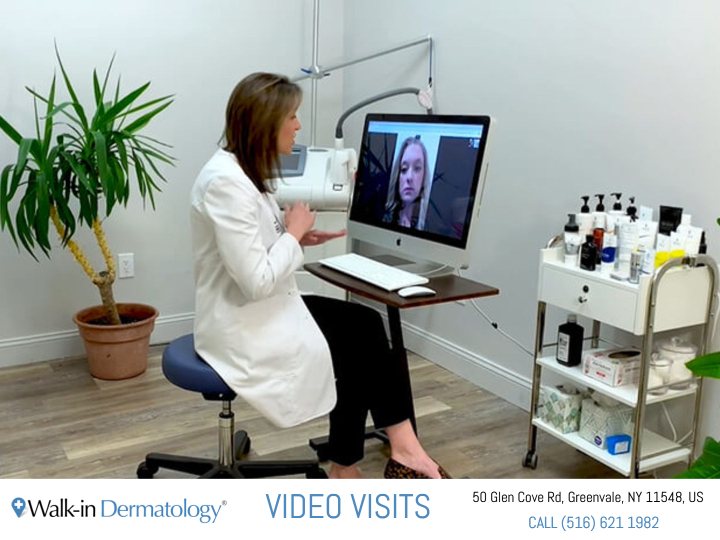Tues: 8:30am - 3:00pm
Wed: 12:00pm - 6:00pm
Thurs: 8:30am - 3:00pm
Fri: Closed
Sat: 8:30am - 12:30pm
Sun: Closed
Greenvale, NY 11548
How Long Do Dermatologist Referrals Take?


When you visit your primary care doctor for a skin condition you may be referred to a dermatologist for treatment.
There are two reasons for this. First, dermatologists have specialized medical training in skin problems, which helps ensure you receive proper care and have a better outcome. Also, health insurance companies typically require a referral from a primary care physician for patients to see a dermatologist. It’s another way health insurance companies try to control their costs. Without a referral to a dermatologist, your insurance company may not pay for the visit and treatment.
While it’s easy enough to get a referral – your primary care doctor simply needs to offer the written opinion that you will best be served by seeing a dermatologist – the problem most patients encounter is a long wait before their appointment.
The average wait time to see a dermatologist is 32 days in a large metropolitan area, and as much as 35 days in smaller cities, according to a survey by Merritt Hawkins, a physician search and recruiting firm. In fact, wait times for a dermatology appointment have increased 46 percent over the last 10 years.
In practical terms, this means if you discover a mole on your skin that could be cancerous, with a standard HMO plan you might have to wait more than a month to get it checked out. A trip to the emergency room remains an option, but it can be a costly choice.
About 1 in 5 people will develop a skin disease in their lifetime. Recent studies estimate that there are about 3 dermatologists in the United States for every 100,000 people, which suggests there aren’t enough doctors to meet demand for this specialized medical care.
Even after you get a referral from your doctor, there’s still the matter of finding a dermatologist who accepts your insurance plan.
A patient’s skin condition can worsen during a long wait to see a dermatologist. Add to that the emotional distress that comes with not knowing what’s going on with your skin.
Most primary care physicians are reasonable about making referrals, although some may bow to cost-control measures from insurance carriers. If that seems to be the case, consider changing doctors. Regardless, seeing a dermatologist is important if you experience a skin problem. Studies show that primary care physicians regularly misdiagnose early melanomas (skin cancer). The Melanoma Education Foundation reports numerous cases of patients who died “because they took no further action after their primary care physicians told them a changing mole was benign.”
Seeing the right doctor who can make the right diagnosis can save your life. But time is a factor.
Early warning signs of melanoma include the following:
- Any change in a mole, blemish, freckle, birthmark or pigmented area
- A new mole or freckle that looks different from other skin blemishes, especially if it grows rapidly
- A change in skin texture or in the way a mole feels to the touch
- A new freckle that is dark, dry, or scaly
- A new area of pigmentation
- A new black spot, even if it’s small
- A mole or other spot that itches or bleeds
- Redness or discoloration extending across surrounding skin
Now there is a better way to receive the dermatology care and treatment you need. During this age of social distancing you can save time and enjoy the convenience of a Video Visit with a board-certified dermatologist.


If you notice something unusual on your skin, early detection and treatment can save your life. Now there is no more waiting and worrying about getting an appointment to see a dermatologist. Walk-in Dermatology is open and ready to serve you.
Read more: Can I See a Dermatologist Without Referral?








